12 Days to Musical Glory: Day 3 – Radio Ready: Sending Your Single to Stations & Securing Airplay Opportunities
Yesterday we focused on crafting a compelling press kit, the key to unlocking media attention. Today, on Day 3, we’re diving into the world of radio. Securing radio airplay, whether on local stations, internet radio, or even college radio, can significantly boost your reach and credibility. However, it’s not as simple as just sending your track and hoping for the best. This day is all about being strategic, professional, and persistent in your pursuit of radio play.
Understanding the Radio Landscape
Before we launch into action, it’s crucial to understand the different types of radio and what they offer:
- Commercial Radio (AM/FM): These stations are generally the hardest to crack, as they rely on major labels and established artists. They often have strict playlists and target specific demographics. However, reaching them can be a game-changer.
- College Radio (University/Community): College radio stations are often more open to independent artists and diverse genres. They are staffed by students and volunteers who are passionate about music discovery. This is a fantastic entry point.
- Internet Radio (Streaming Services, Dedicated Online Stations): Pandora, Spotify Radio, iHeartRadio, and dedicated online stations (e.g., SomaFM) offer potential airplay opportunities. These platforms often use algorithms to recommend music, making data-driven optimization crucial.
- Community Radio: Similar to college radio, these stations cater to local communities and often champion independent artists and niche genres.
Day 3: Action Plan
Today’s tasks are all about preparation, research, and targeted outreach:
1. Research and Build Your Radio Contact List (Morning):
- Identify Target Stations: Start by identifying stations that play music similar to yours. Consider genre, location (local stations are easier to break into), and target audience.
- Action: Use online directories like Radio-Locator (for AM/FM) and Google searches to find relevant stations. Look at the station’s playlist (if available) to confirm a good fit.
- Find the Right Contacts: Don’t just send your track to a generic email address. Research the station’s website or social media to find the music director, program director, DJs who play your genre, or anyone involved in music selection.
- Action: Use LinkedIn and station websites to find names and contact information. Be persistent! A phone call to the station may also uncover the correct person to contact.
- Create a Spreadsheet: Organize your findings in a spreadsheet. Include the station name, contact person (name, title, email, phone number), genre focus, location, and any notes (e.g., “DJ Smith loves indie rock”). This will be your central hub for radio outreach.
2. Prepare Your Radio-Friendly Submission Package (Afternoon):
- Radio Edit (If Applicable): Consider creating a shorter, “radio edit” of your song. Aim for 3-4 minutes, removing lengthy intros, outros, or potentially controversial lyrics. This increases the likelihood of your track being played.
- Action: Work with a trusted producer or audio engineer to create a professional radio edit.
- Mastered Audio Files: Ensure your track is professionally mastered for optimal audio quality on radio systems.
- Action: Submit your song to a mastering engineer for a final polish.
- Clean Metadata: Embed accurate and complete metadata into your audio file. This includes the artist name, song title, album name (if applicable), genre, year, and ISRC code (International Standard Recording Code). This helps stations properly catalog and track your music.
- Action: Use a professional audio editing software to edit the metadata tags.
- One-Sheet (Radio Version): Adapt your press kit one-sheet specifically for radio. Highlight aspects relevant to radio programmers, such as:
- Genre: Clearly state your genre.
- Comparisons: Mention artists your music is similar to.
- Key Selling Points: Highlight what makes your song unique and why it would resonate with their listeners.
- Quotes/Reviews: Include any positive press or reviews you’ve received.
- Contact Information: Provide your contact information for follow-up.
- Action: Revise your press kit to reflect a radio-focused message.
- Short Bio: Keep your artist bio concise and compelling. Highlight relevant achievements and influences.
- Action: Draft a short, attention-grabbing bio (around 100-150 words).
3. Craft Your Pitch Email (Evening):
- Personalized Subject Line: Avoid generic subject lines like “New Music Submission.” Use something specific and attention-grabbing, such as “Indie Rock Artist [Your Name] – New Single [Song Title] for [Station Name]”.
- Example: “Indie Rock Artist Jane Doe – New Single “Sunrise” for KEXP”
- Personalized Greeting: Address the contact person by name, if possible.
- Brief Introduction: Introduce yourself and your music succinctly. Mention where you’re from and your musical style.
- Highlight the Song: Explain why you think your song would be a good fit for their station and listeners. Reference specific shows or playlists that align with your music.
- Call to Action: Clearly state what you want them to do – listen to your song! Provide a streaming link (SoundCloud, Spotify) or a downloadable file (WAV format preferred) in a secure and easily accessible way. Services like Dropbox or Google Drive are recommended.
- Express Gratitude: Thank them for their time and consideration.
- Offer More Information: Let them know you’re happy to provide more information if needed.
- Proofread Carefully: Ensure your email is free of typos and grammatical errors.
- Action: Draft a template email, but remember to personalize it for each station.
Example Email Template:
Subject: Indie Folk Artist [Your Name] – New Single “Whispers of the Wind” for [Station Name]
Dear [Contact Person Name],
My name is [Your Name], and I’m an indie folk artist based out of [Your City]. I’m writing to you today because I think my new single, “Whispers of the Wind,” would be a great fit for [Station Name]’s listeners, especially those who enjoy artists like Bon Iver and Fleet Foxes.
“Whispers of the Wind” is a [describe the song briefly – e.g., mellow acoustic track with heartfelt lyrics] that I believe aligns well with [mention specific show or playlist on the station].
You can listen to the track here: [Link to streaming or downloadable file]
I’ve attached my radio one-sheet for more information, including my artist bio and key selling points.
Thank you so much for your time and consideration. I’d be happy to answer any questions you may have.
Sincerely,
[Your Name]
[Your Website]
[Your Social Media Links]
Important Considerations:
- Don’t Spam: Avoid sending mass emails to everyone on your list. Personalization is key.
- Follow Up: Don’t be afraid to follow up after a week or two, but don’t be pushy. A polite email asking if they’ve had a chance to listen to your track is acceptable.
- Be Patient: Radio airplay takes time and effort. Don’t get discouraged if you don’t see immediate results. Persistence is key.
- Building Relationships: Attend local music events and network with radio personalities and industry professionals. Building genuine relationships can go a long way.
- Digital Radio Pluggers (Optional): Consider hiring a professional digital radio plugger. They have established relationships with online and satellite radio stations and can significantly increase your chances of airplay. However, be sure to research them thoroughly and check their credentials.
Tomorrow: Day 4 – Social Media Surge: Amplifying Your Reach & Engagement
Today, we’ve laid the groundwork for radio success. Tomorrow, we’ll focus on harnessing the power of social media to amplify your reach and engage with your audience, creating a buzz around your new release. Get ready to craft compelling content and build a thriving online community!


